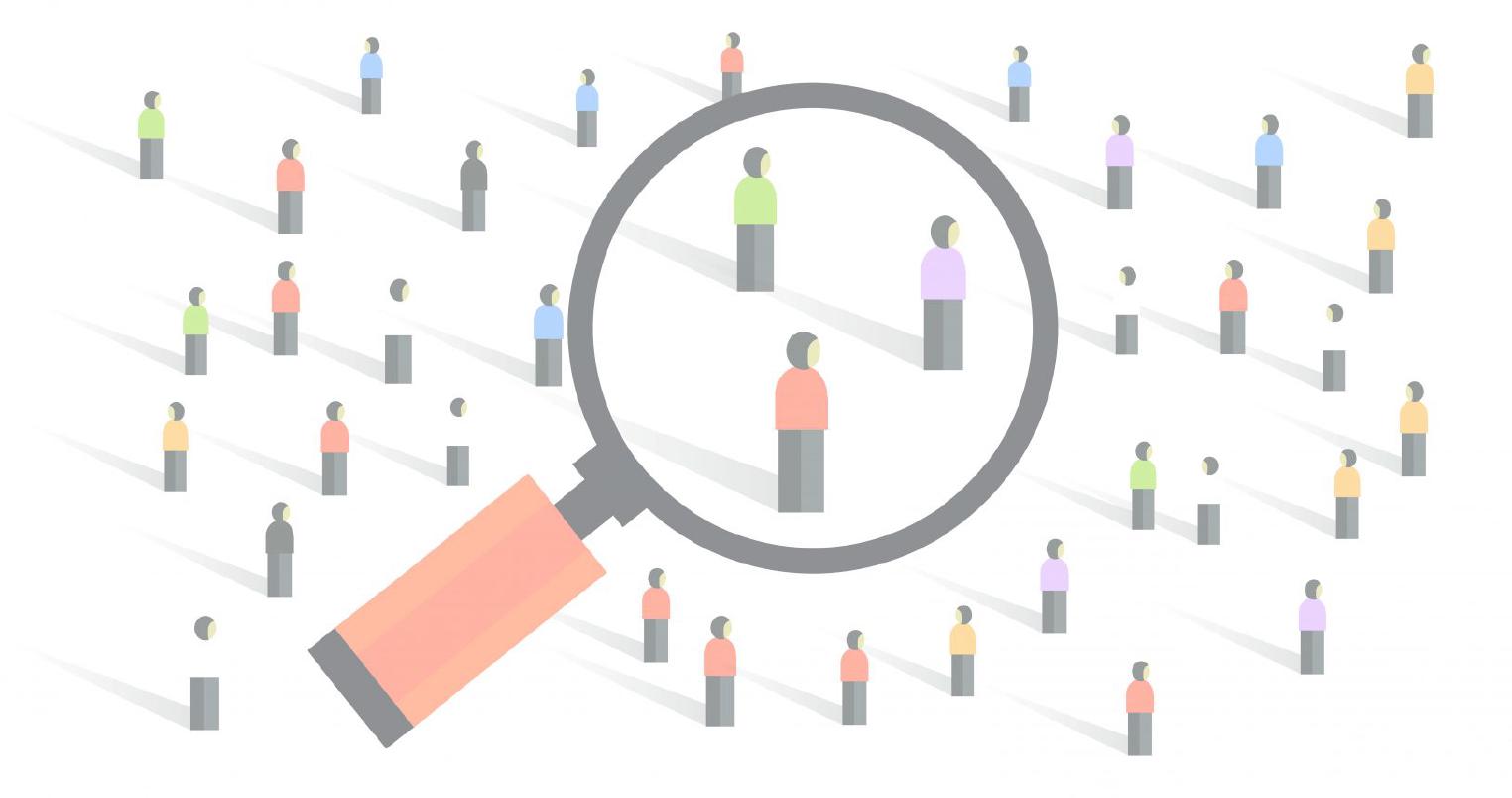How location and beacon data analysis can mislead

Location and beacon data gathered from mobile phones is affected by sampling rate variation. Without correction, business analysis can be flawed.
If you’re using location or beacon data gathered from apps to estimate footfall, you need to understand sampling rates.
Here’s a real example from a sector we’re very familiar with.
We often gather location data and beacon sightings from customers at music festivals. If you total up the number of phones sighted in front of the main stage during the headline act, it’s often fewer than the number sighted in the audience for some of the earlier support acts.
Is the expensive headline act really less popular that the support acts? That’s the naive conclusion. And if you were to believe it, you might start making some radical and damaging changes to your line-ups.
But experience, and a huge amount of data, has shown us that generally it’s not true. It’s down to sampling rates.
We often see really impressive download and opt-in rates in this sector. At some events we see maybe one in three of the audience sending us data. That’s the sampling rate. But it’s never constant.
During the day we may see peaks in app downloads. We may see push notifications that suddenly ‘wake up’ users that hadn’t been sending any data. Towards the end of the day lower battery levels may mean more people disable location, or turn off their phone, or change permissions.
This will be true whatever the underlying technology. It doesn’t matter if you’re using GPS or beacons or wifi. It doesn’t matter if it’s an online or offline solution. And it doesn’t matter if you’re tracking main stage audiences, or store visits. There will always be variability in your sampling rate.
Whether you want to compare store visits at the weekend compared to weekdays, or compare audiences for bands at your festival, you need to properly correct for sampling rates. Otherwise, aggregated footfall data from mobile apps could be misleading, and the business analysis that relies on it flawed.
At Crowd Connected we’ve invested considerable resource in our solution. It works automatically across every one of our outputs, including our real-time insights as well as data exports and charting. It’s a key part of our data-pipeline, that transforms location data from mobile apps into usable business insight.
So if you’re using beacon sightings or geo-fence vists to understand footfall, make sure you’re correcting for sampling rate changes. Or use a solution with sampling rate corrections built in.


